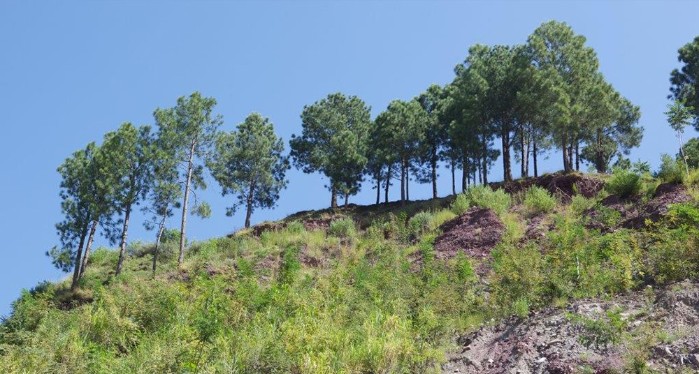Sustainable Forest Management to Secure Multiple Benefits in Pakistan’s High Conservation Areas
Project Summary:
Sustainable forest management is a means of protecting forests whilst offering direct benefits to people and the environment. It contributes to local livelihoods and offers environmental benefits such as carbon sequestration and conserving water, soil and biodiversity.
Less than 5 percent of Pakistan’s total area is under forest cover, and 1.5 percent of these forests are lost every year. This has profound impacts on Pakistan’s biodiversity, environment and agriculture. With climate change, such events are becoming more frequent and more devastating, pointing to the urgent need to conserve Pakistan’s indigenous forests.
Poverty, weak controls and lack of awareness contribute to over-exploitation. Bringing communities into forest management and thereby helping them achieve sustainable livelihoods, can thus conserve forestland across Pakistan.
This project focuses on seven forest landscapes (145,300 hectares) containing three vulnerable and important forest types: temperate coniferous forests in Khyber Pakhtunkhwa, dry scrub forests in Punjab, and riverine forests in Punjab and Sindh.
Objectives:
To promote sustainable forest management in Pakistan’s west Himalayan coniferous forests, scrub forests and riverine forests for biodiversity conservation, mitigation of climate change, and securing forest ecosystem services.
Planned activities:
Embed sustainable forest management into landscape-scale planning by:
- Mapping forest resources and ecosystem services to inform planning, development, implementation and monitoring at the landscape level.
- Developing landscape level spatial plans which integrate biodiversity, ecosystem services, climate mitigation and use of resources by local communities.
- Developing protocols to mainstream ecosystem services, climate risk mitigation and biodiversity into forest management planning.
Strengthen biodiversity conservation in and around high conservation value forests by:
- Changing the use of high conservation value forests towards biodiversity conservation and non-exhaustive community forest management, thereby avoiding deforestation.
- Establishing model community governance and management systems.
- Strengthening capacities in biodiversity conservation through training, guidelines, co-management and enforcement.
Enhance carbon sequestration in and around high conservation value forests in target landscapes by:
- Protecting existing forests.
- Restoring and rehabilitating degraded coniferous forests by closing them for natural regeneration and new plantation.
- Rehabilitating scrub forests through dry afforestation techniques.
- Reforesting riverine tracts with indigenous trees.
- Documenting best practices and building capacities in silviculture (local-level forest management) for reforestation and restoration.
- Applying and validate the Pakistan-specific REDD-RPP methodology for measuring carbon stock in target areas.


